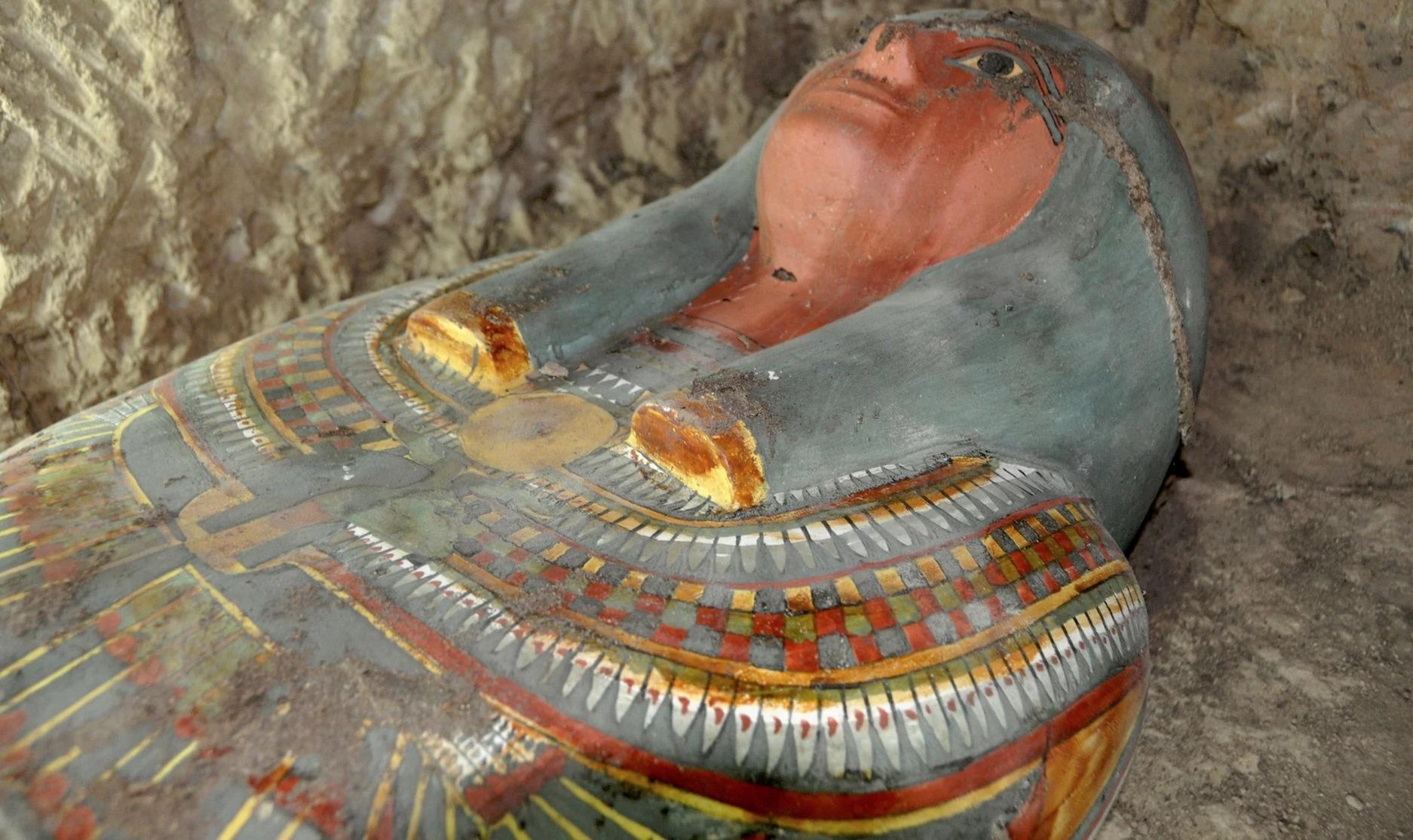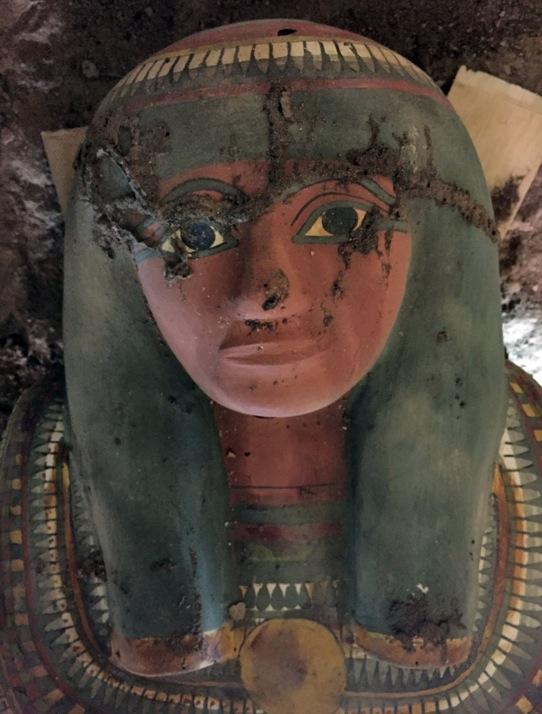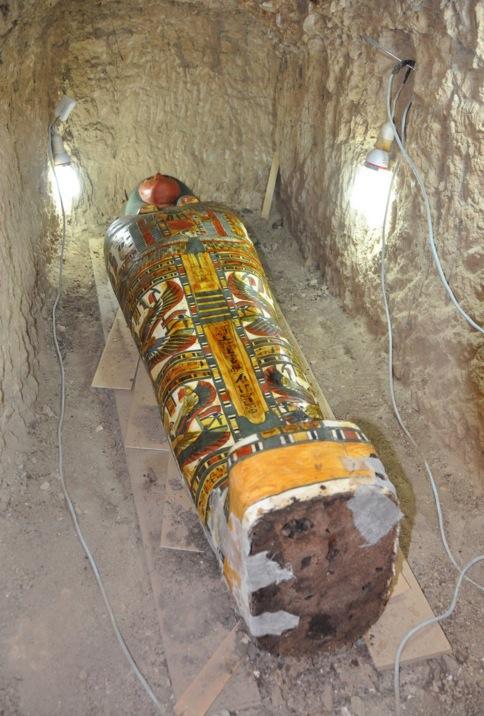2,500-year-old mummy found in 'very good' condition
New discovery encased in brightly coloured wooden sarcophagus is thought to be 2,500 years old

Your support helps us to tell the story
From reproductive rights to climate change to Big Tech, The Independent is on the ground when the story is developing. Whether it's investigating the financials of Elon Musk's pro-Trump PAC or producing our latest documentary, 'The A Word', which shines a light on the American women fighting for reproductive rights, we know how important it is to parse out the facts from the messaging.
At such a critical moment in US history, we need reporters on the ground. Your donation allows us to keep sending journalists to speak to both sides of the story.
The Independent is trusted by Americans across the entire political spectrum. And unlike many other quality news outlets, we choose not to lock Americans out of our reporting and analysis with paywalls. We believe quality journalism should be available to everyone, paid for by those who can afford it.
Your support makes all the difference.A newly-discovered millennia-old mummy in “very good condition” found near Egypt’s Valley of the Kings has excited archeologists.
The 2,500-year-old body was bound with linen stuck together with plaster in a brightly-coloured wooden sarcophagus. It was buried near a temple from the era of fourth-millennium warrior king Thutmose III and is thought to belong to the nobleman Amenrenef, who was “a servant of the royal household,” the Egyptian Ministry of Antiquities said on Sunday.

The find was in a tomb probably dating from between 1075-664 BC, on the west bank of the Nile river near Luxor, long one of Egypt’s biggest tourist attractions because of the wealth of tombs and temples built by ancient pharaohs nearby.
The mummy was adorned with “many colourful decorations recalling religious symbols from ancient Egypt, such as the goddesses Isis and Nephtys displaying their wings, and the four sons of Horus,” Myriam Seco Alvarez, head of the Spanish excavation team, said in a statement.

The mummification process, in which the body is embalmed and wrapped and its organs are removed in order to preserve it, was thought to be important for the deceased on their journey in the afterlife. It is thought to date back as far as 4500 BC.
While the remains of ancient Egypt fascinate the world, Egypt's tourism industry has suffered greatly in the wake of the political instability and waves of violence that have plagued the country since autocrat Hosni Mubarak was overthrown in 2011.
AFP contributed to this report
Join our commenting forum
Join thought-provoking conversations, follow other Independent readers and see their replies
Comments